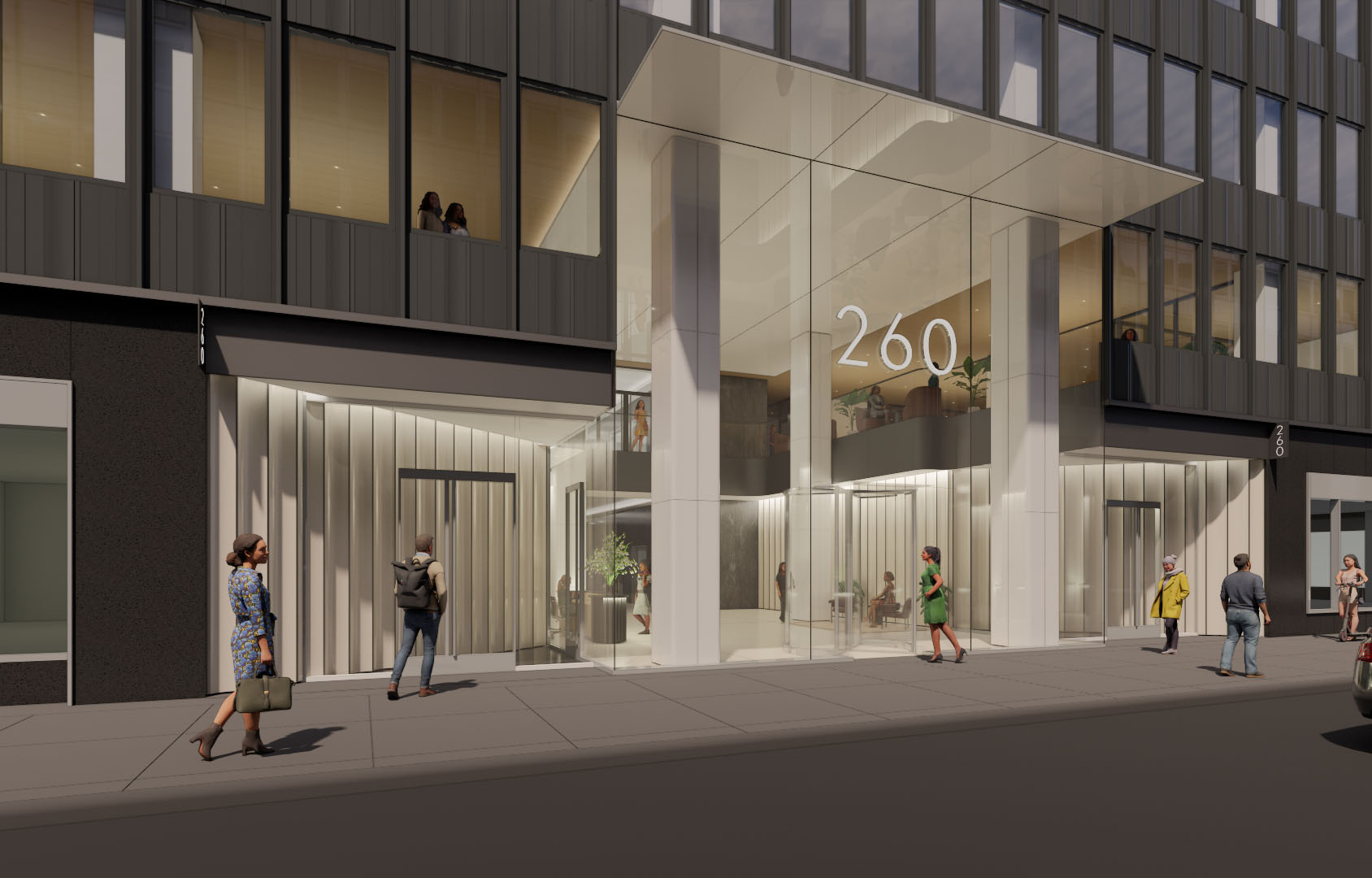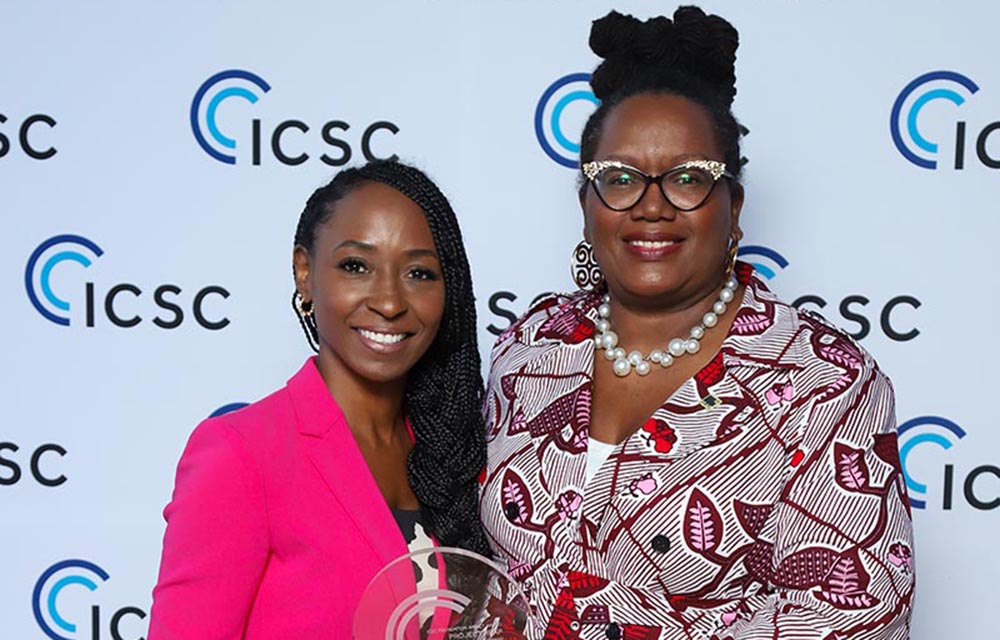Local Law 97: Financially sustainable? - by Ron Cohen

Local Law 97 is one of the most ambitious plans for reducing emissions in the nation. Local Law 97 was included in the Climate Mobilization Act, passed by the City Council in April 2019 as part of then mayor De Blasio’s NYC Green New Deal. Buildings are responsible for about 70% of NYC’s greenhouse gas emissions, effectively fossil fuels which contribute to disrupted weather patterns and rising sea levels. This legislation is to address these emissions as part of a plan to make the city carbon neutral by 2050. Building types include commercial, multifamily and industrial (except for power generation). Costs are estimated at $12 to $15 billion of work over the next seven years in order to be ready for 2030. Violators face potentially steep penalties, and there is an ongoing debate as to whether the law is too lax or not lax enough.
The law is expected to create financial challenges for many of the city’s 3,700 co-op and condo buildings which are home to 800,000 apartments. It requires buildings with more than 25,000 s/f to either switch to electric heat or replace their boilers so as to cut down on greenhouse gas emissions. The Real Estate Board of New York estimates that affected buildings would face more than $200 million in penalties if they can’t comply with the changes, rising to $900 million by 2030 when emission rules would be even tougher. Penalties will be calculated as the difference between the building emissions limit established for a particular calendar year and the actual emissions reported for such calendar year, multiplied by $268.
Beginning on Jan. 1, 2024, buildings larger than 25,000 s/f, including co-ops and condominiums, will have to bring their buildings’ carbon emissions under prescribed caps, or pay stiff fines. The caps become more stringent in 2030 and in subsequent years. The goal is to reduce the emissions produced by the city’s largest buildings 40% by 2030 and 80% by 2050.
The law also established the Local Law 97 Advisory Board and Climate Working Groups to advise the city on how best to meet these aggressive sustainability goals. Local Law 97 places emissions limits on individual buildings that are measured in carbon emissions per s/f. Each building’s carbon limit depends on its size, property type and compliance year.
Building owners will be allowed an updated deadline of January 1, 2025 to submit requests for certain adjustments to their building emissions limits under Local Law 97. By May 1, 2025, and by May 1 of every year thereafter, the owner of a covered building must file an annual Greenhouse Gas Emission report showing that, for the previous calendar year, the building is in compliance with the applicable building emissions limit established. Reportedly about 80% of residential buildings are already in compliance with 2024 targets. However, that number is expected to plunge to 15% by 2030 as the stricter standards kick in. Any co-op and condo boards strapped for cash are being advised to take out loans and apply for grants to pay for necessary retrofits. The city has established a free program, NYC Accelerator, dedicated to helping property owners find grants and loans to fund the upgrades. The loans, officials say, would provide building owners with the ability to spread the cost of the work over an extended period, with the energy savings from the upgrades helping offset the cost of the debt.
In September 2023, mayor Eric Adams released proposed guidelines incorporating a two-year extension for Local Law 97. The law passed in 2019, but the city’s Department of Buildings (DOB) had not updated the rules around the law since last year. To qualify for the extension, the applicants must show “good faith efforts” to reduce emissions, a term that some opponents and supporters of Local Law 97 both say is too vaguely defined. The public may comment on the new rules until October 24th, after which they become law. The City Council can override the proposed rules after the 30-day comment period, and a disagreement is widely anticipated.
The most pain will be felt by residents of modestly priced buildings that do not have large reserve funds or other resources to pay for the retrofits. Residents of Glen Oaks Village and the Bay Terrace Cooperative, both in Queens, face daunting potential costs for “environmental” overhauls. At the 200-unit Bay Terrace complex in Bayside, the head of the board stated, “We don’t know how we’re going to pay for this.” They can’t even figure out exactly what steps to take to be in compliance because the rules are too dense to follow. It is estimated that to go all-electric would cost Bay Terrace $3 million for heat pumps alone, in addition to myriad other expenses needed for conversion.
Glen Oaks Village is one of two NYC co-ops that in May of 2022 filed a lawsuit in New York Supreme Court alleging that the City’s Local Law 97 was preempted by New York State’s Climate Leadership and Community Protection Act (CLCPA) and is therefore unconstitutional.
Time will tell as to whether this legislation yields sustainable results, both environmentally and financially.
Further details regarding emissions limits, as well as information on buildings that are exempt from Local Law 97 requirements can be found at the DOB)Greenhouse Gas Emission Reporting website. Local Law 97 of 2019 was amended by Local Law 147 of 2019, and additional amendments have followed. The amended version of Local Law 97 of 2019 can be reviewed in §28-320 and §28-321 of the Administrative Code.
Ron Cohen is the chief sales officer for Besen Partners, Manhattan, N.Y.
AmTrustRE completes $211m acquisition of 260 Madison Ave.


Strategic pause - by Shallini Mehra and Chirag Doshi

Lasting effects of eminent domain on commercial development - by Sebastian Jablonski

AI comes to public relations, but be cautious, experts say - by Harry Zlokower









.jpg)

.gif)